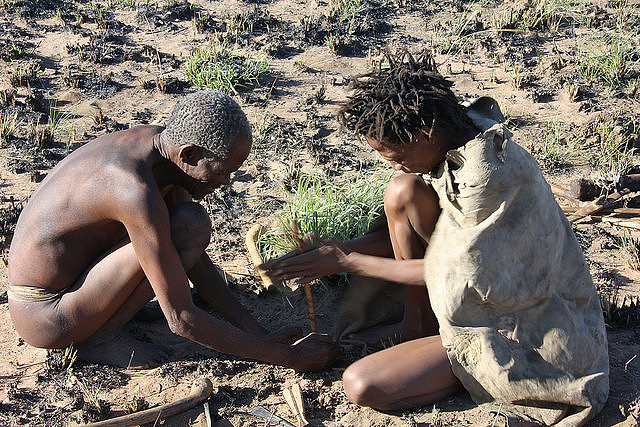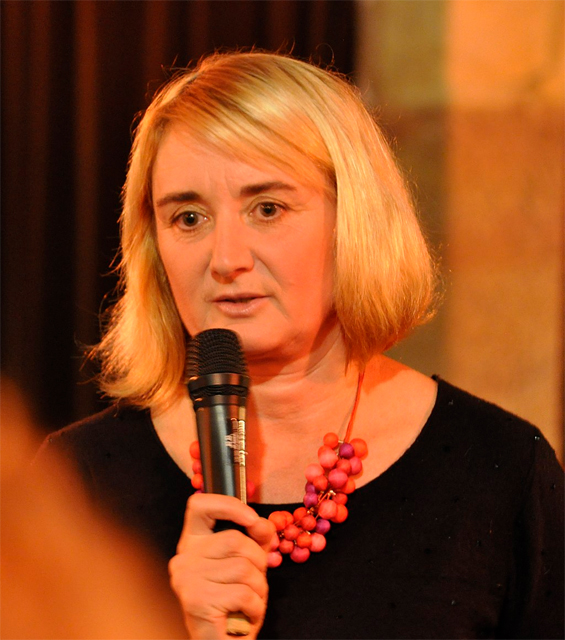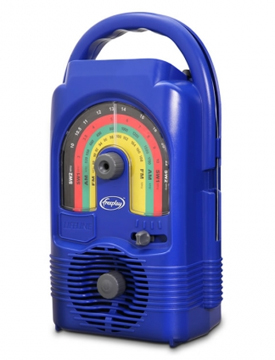In 2014, the European Union granted the Nyae Nyae Development Foundation of Namibia 649,390 euros to help the Ju/’hoansi and the !Kung devise ways of mitigating climate change. Several African news services reported during April that, after four years of successes, the grant program has ended.

The Namibia Economist published a story on April 13 which indicated that, over the course of the EU Climate Change Adaptation Grant program, villages have made many improvements, such as gaining additional storage tanks for water and adding solar panels.
The EU grant funding has helped to increase understanding among the Ju/’hoansi for ways to adapt to climate change, such as the need for managing the veld by fire, controlling the buildup of fuel, and preventing over-grazing. In a statement, the EU said that the “diversification of livelihoods along with increased rangeland management is intended to increase the resilience to climate change in these communities.”

The same news source reported on April 25 that the EU Ambassador to Namibia, Ms. Jana Hybaskova, visited some villages in the Nyae Nyae Conservancy after the EU announced the closing of the project. She was quoted as saying that the grant has provided, “a real tangible and dramatic improvement for the Conservancy residents and one that has truly empowered them and [made] them feel more secure and confident about their futures.”
The Ambassador visited two villages, places she had been to earlier, and noted the improvements the people have made in cultivating their gardens, diversifying their foods, herding their cattle, and growing their fruit trees. She met with Chief Tsamkao of the Ju/’hoansi Traditional Authority, who thanked the EU for its investment, interest, and engagement with the San people.

Two years ago, the EU grant funded the distribution of Lifeline radios to the Ju/’hoansi villagers, a project not mentioned by the stories last month but reported in the news in September 2016. The creativity of the EU grant program was suggested by the design of the radios. They are powered by solar panels, have winding cranks for cloudy days, and include separate speakers so groups can easily listen to AM, FM, and short wave radio broadcasts in the shade of their homes. They also include USB ports so villagers with phones can conveniently charge them, since many of them still lack electricity.